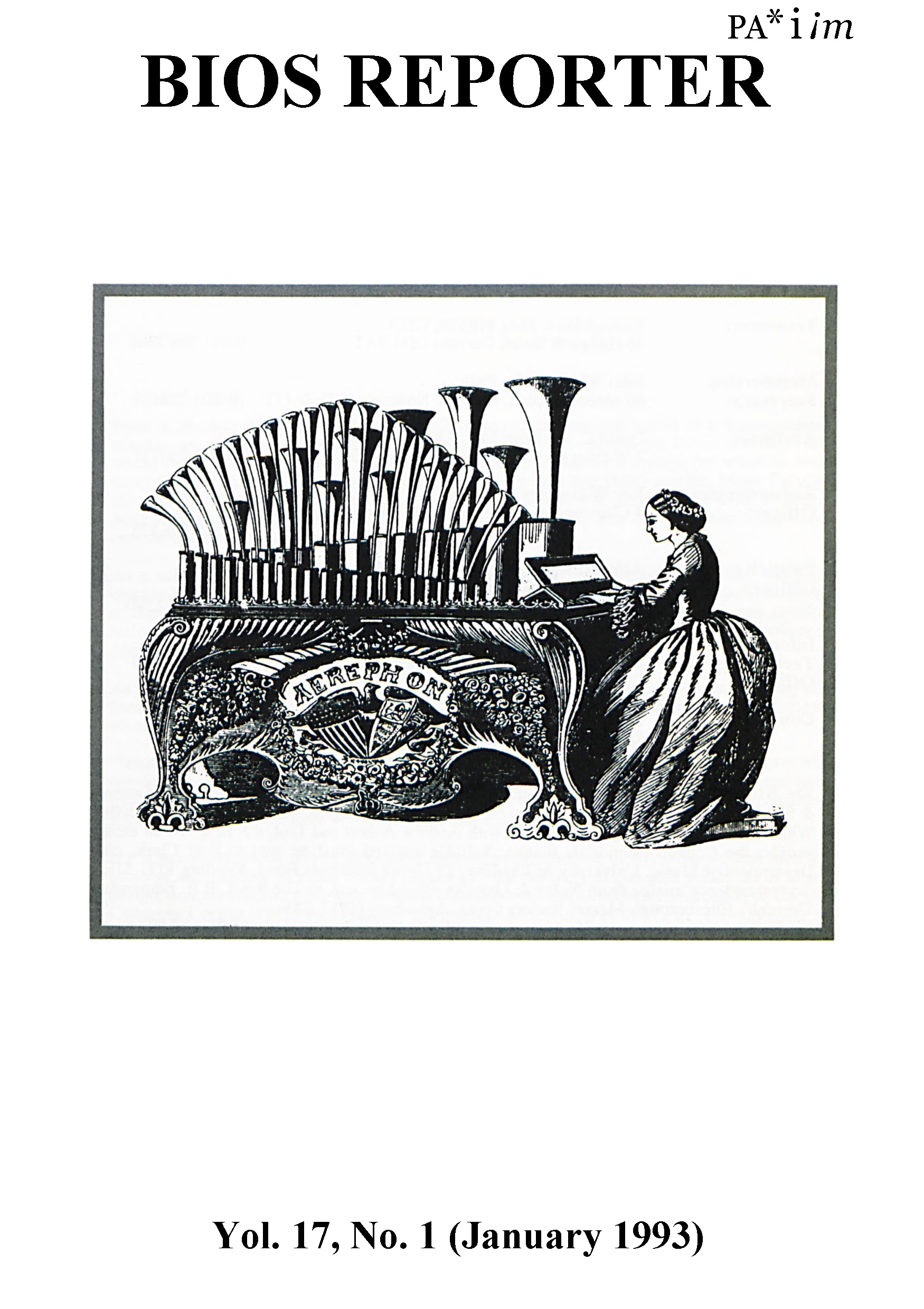The organ lives! With these words, Stephen Bicknell concluded what we hope can be described as the most recent of his contributions to this journal. That the organ does indeed live is evident from the organ builders’ advertisements that appeared in JBIOS 15. One of them relates to “two famous pneumatic organs” recently restored by a well-known firm, and it reproduces a stop-list published in the 1920s (including a 1920s typographical error) in which one can see many of the features characteristic of the firm’s work at that time. Twenty to thirty years ago, when British organists’ thinking tended to be dominated by continental instruments, and by native ones such as those at the Royal Festival Hall and New College, Oxford, the very idea of restoring a British concert organ from the period 1900 to 1939 would probably have been received with a lack of enthusiasm verging on hostility. There are, and perhaps there always will be, those who regard the typical British organ of this period as unpleasant and unmusical, catering for a repertoire and encouraging a style of playing which are alien to them. Happily, however, it seems that such instruments can nowadays be viewed objectively, and that there exists general agreement that, both tonally and mechanically, they contain much that is admirable, and deserve to be properly restored and maintained…
